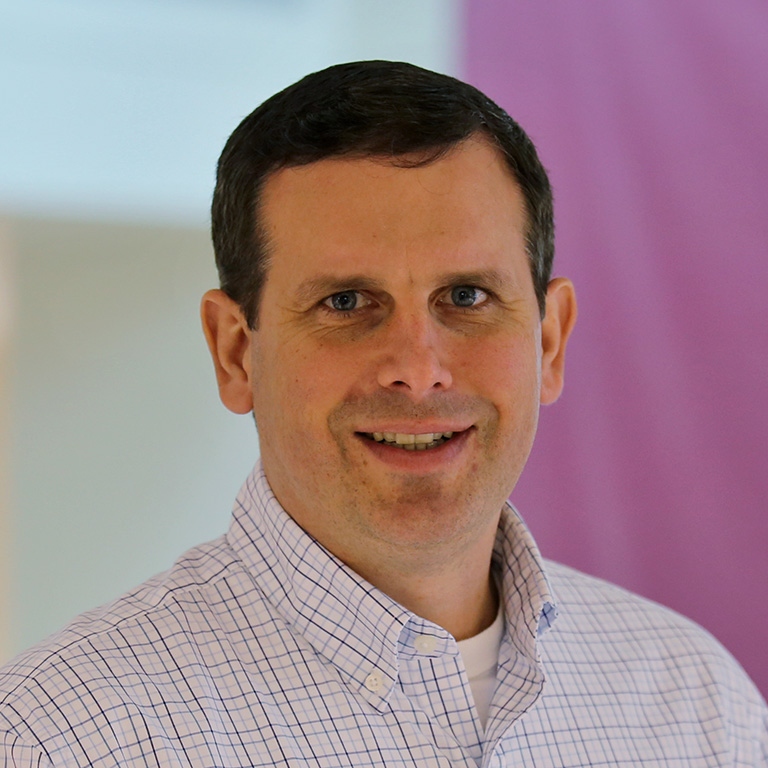High school science teacher Kirstin Milks starts her course on environmental change every year by allowing students to ask questions. Invariably, one of her students at a school in the capital of the U.S. state of Indiana asks if global warming is going to kill us all.
The question captures the anxiety that climate change provokes in today’s youth. It also begs the question of how best to teach climate change in schools.
Climate change is often presented as a partisan issue in states like Indiana and where voters generally favor the conservative Republican Party. But popular opinion about whether climate change should be part of the curriculum is not as divided as the polarized U.S. electorate might suggest.
According to data compiled by Yale University researchers, 67% of Americans believe global warming is happening and 77% think schools should teach children about the causes, consequences and potential solutions to global warming. Even in Indiana, where most citizens do not believe global warming is caused mainly by humans, 69% of adults favor teaching children about global warming.
As it turns out, Indiana’s schools are not necessarily doing so.
Teachers are often uncertain about how to teach students about climate change or lack the resources to do so.
“Climate Change is happening,” said Adam Scribner, director of the STEM Education Institute at Indiana University.
“It’s here, whether or not students are actually learning the real science behind it or if the teacher has the right resources to teach it,” said Scribner, one of the leaders of Indiana University’s Educating for Environmental Change, which is funded by the university’s Environmental Resilience Institute.
The institute held its third annual workshop for teachers this past summer. The workshop’s main purpose was to explain evidence of climate change, its impacts and mitigation strategies. The workshop trained teachers, ranging from elementary to high school, about how they can approach the subject in class.
“The most important thing we did was we gave teachers face-to-face time with climate scientists,” said Scribner. By allowing discussions with experts, teachers learned how to convey the information to students. “It is not about throwing evidence at students, but about getting students to think about how to solve, rather than teaching about the problems.”



